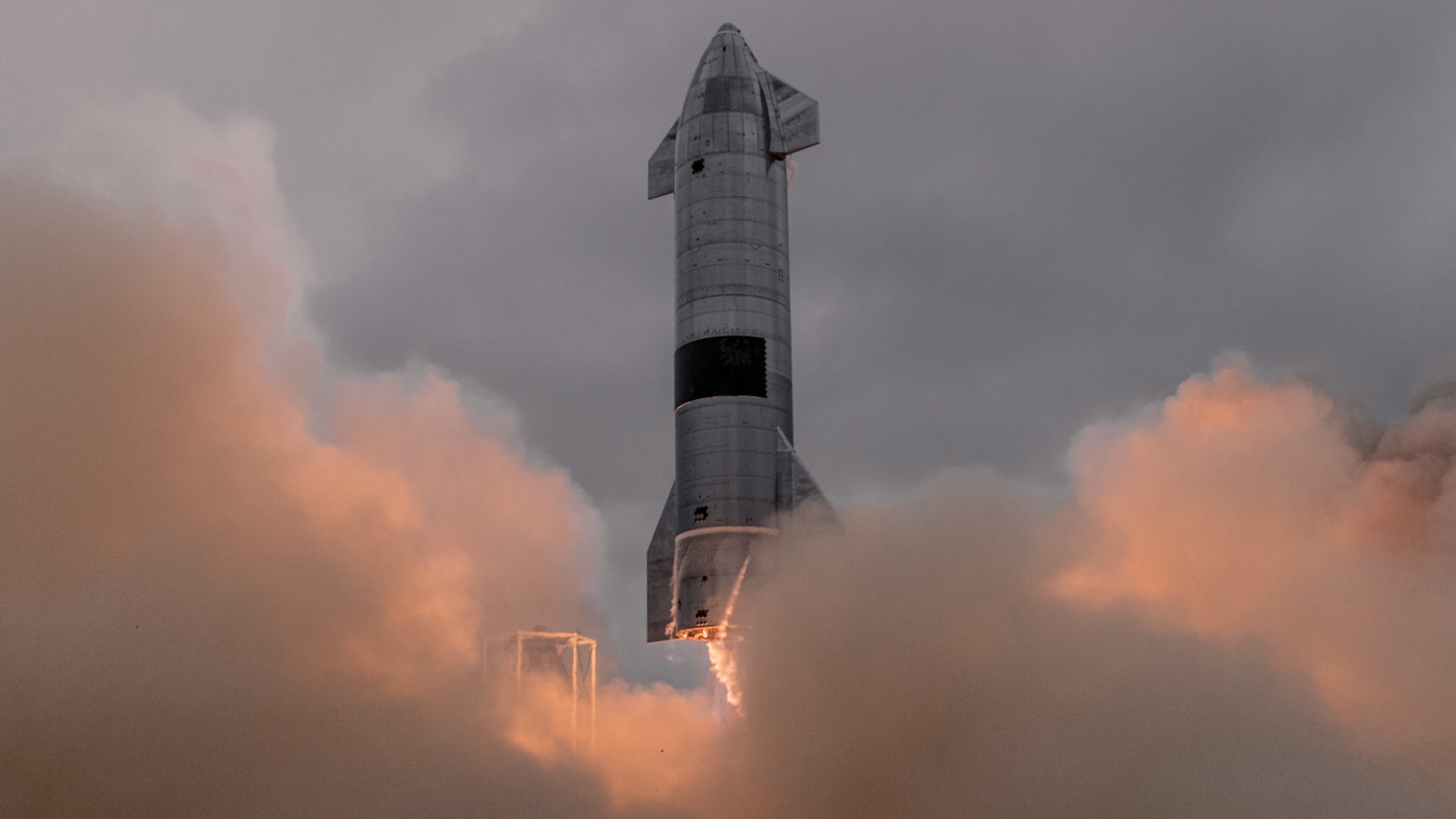SpaceX’s Starship launches at the company’s Starbase facility near Boca Chica, Texas, have allegedly been contaminating local bodies of water with mercury for years. The news arrives in an exclusive CNBCreport on August 12, which cites internal documents and communications between local Texas regulators and the Environmental Protection Agency.
SpaceX’s fourth Starship test launch in June was its most successful so far—but the world’s largest and most powerful rocket ever built continues to wreak havoc on nearby Texas communities, wildlife, and ecosystems. But after repeated admonishments, reviews, and ignored requests, the Environmental Protection Agency and the Texas Commission on Environmental Quality (TCEQ) have had enough.



Planetary Protection is one of my absolute FAVORITE can of worms!! Obviously it is a good idea to be careful and mindful, but I personally believe that NASA’s current policies are complete overkill.
Let’s think this through. Why don’t we want to bring earth life to another world?
Maybe because then we won’t be able to tell whether it is indigenous or not? Baloney! Imagine you accidentally bring a lizard to an island that doesn’t have them. If it is indigenous, there would be evidence of them being there in the past, through fossils or otherwise!
Maybe we don’t want to infect any life that is on that other planet, that earth life could take over that ecosystem like an invasive species? Astronomically unlikely. All earth life is evolved to live in its specific environment and to interact with the species with which it has evolved alongside. As such, totally unrelated organisms form different planets would be so completely alien to each other that they would be unlikely to interact to begin with. Additionally Mars, for example, definitively has no macro-fauna or flora. As such, any possible microbes on Mars would be completely at a loss on how to interact with humans or indeed any earth life.
Finally, Earth and Mars, for example, exchange ~500 kilograms of material every year. Analysis shows that some of that material never exceeded a temperature high enough for sterilization. Thus, if there was any life on mars, it would have reached us by now, living in our biosphere along with us.
Anyways I’m a big nerd and I hope this stuff is interesting!
https://arstechnica.com/science/2017/06/mars-enthusiast-planetary-protection-a-racket-should-be-largely-ignored/
If you were to pick out any one microorganism and try to get it to grow on Mars without any support, you’re right that it would probably die off. If you were to take a pile of random dirt full of microorganisms and drop it on Mars, they would also probably all die off. But if you keep doing this a lot with dirt and rocks from many different environments on Earth, you may eventually find one that thrives.
There are organisms that carve out some tiny evolutionary niche until they have just the right conditions, and then explode. For example, Ideonella sakaiensis eats PET plastics. It was sitting around doing its thing for millions or billions of years, and then we gave it a place to thrive with all our plastic junk.
There are places on Earth that have some similarities to Mars. It’s quite possible something would survive there.
I agree completely! Life is so cool. I would also say that we are a very, very long way from sending tons of dirt to Mars, but current probes are essentially sterilized, which adds billions to their cost, and for what?